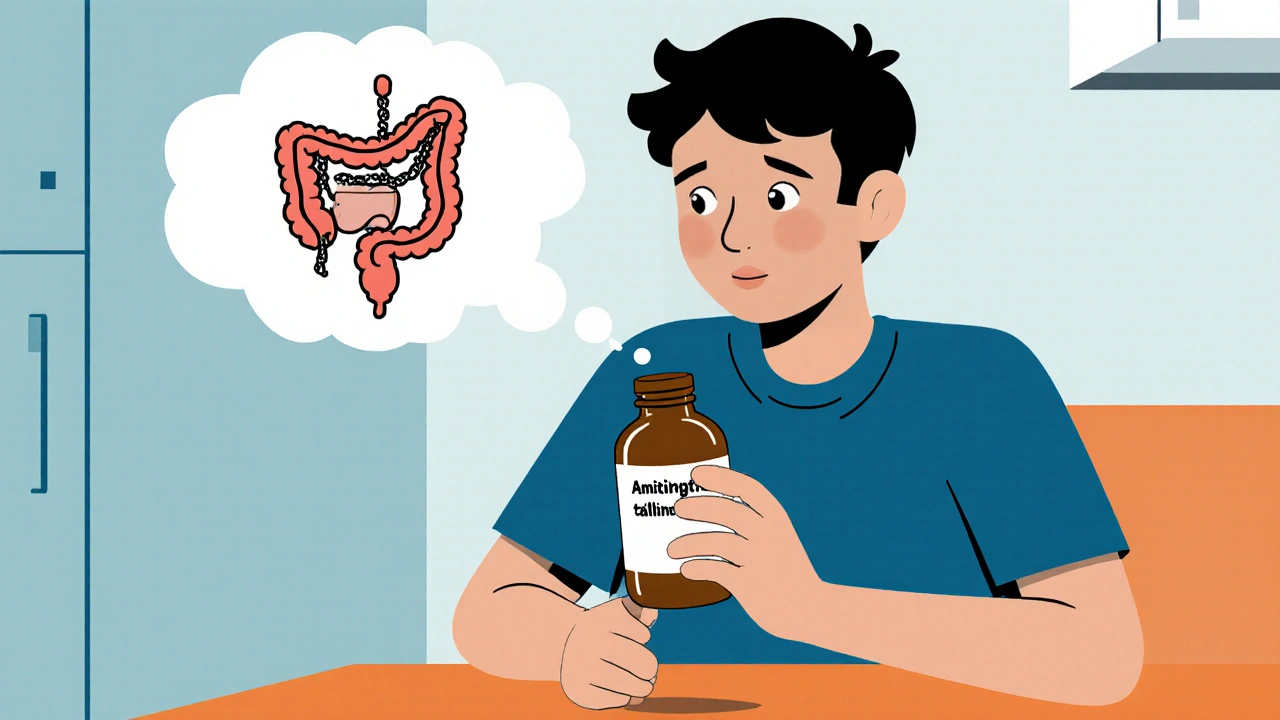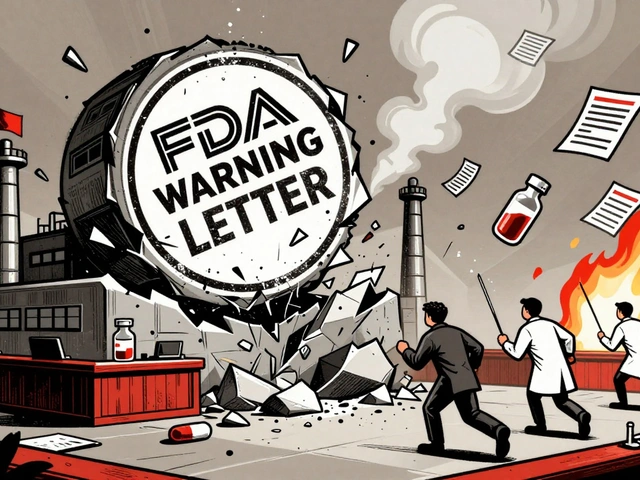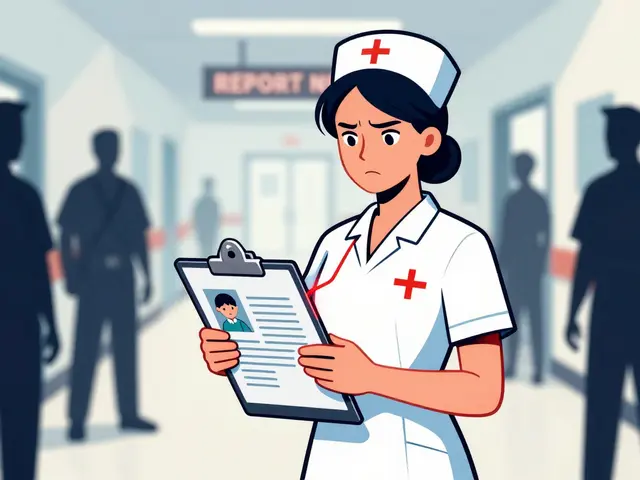Side effects: how to spot and handle medication reactions
Did you notice new symptoms after starting a drug? That could be a side effect. Almost every medicine can cause unwanted effects for some people. The trick is knowing which signs matter, what to do right away, and how to avoid preventable problems.
Quick signs to watch for
Some effects are mild and pass in days — nausea, mild headache, or temporary drowsiness. Others are serious: trouble breathing, swelling of the face or throat, sudden chest pain, fainting, or high fever. If you see any of those, get emergency help. For less urgent but worrying changes — a new rash, unusual mood shifts, persistent stomach pain, or major changes in sleep or appetite — contact your doctor or pharmacist the same day.
Timing matters. Side effects often show up within hours to a few weeks after starting a medication, or after a dose change. If symptoms begin long after you start a drug, consider new interactions (like adding an antibiotic or supplement) or other causes, and bring that up with your clinician.
Practical steps to stay safe
Keep a simple medicine list: drug name, dose, when you started, and any other meds, supplements, or herbal products. Share this list with every provider. Read the patient leaflet that comes with prescriptions — it highlights common and dangerous side effects. Don’t stop a prescribed drug without talking to your clinician, unless the reaction is severe. Sometimes adjusting the dose, switching to a different medication, or spacing doses fixes the issue.
Ask clear questions: What side effects should I expect? When do they usually start? Which require urgent care? If you’re on blood thinners, blood pressure meds, antidepressants, or strong pain relievers, ask about specific risks and signs to watch for. For older adults and children, side effects can look different, so mention age or pregnancy when you ask.
Drug interactions are common. Combining prescription drugs with over-the-counter pain relievers, antacids, or herbal supplements can change how a medicine acts. Always check with a pharmacist when starting or stopping any product. Pharmacists can quickly flag risky combos and suggest safer alternatives.
If a side effect is affecting daily life — mood changes, sexual problems, dizziness that makes driving unsafe — don’t ignore it. These issues often have workable solutions: dose changes, switching drugs, or adding a short-term treatment to manage the symptom.
Report what you see. In the U.S., you can report serious reactions to FDA MedWatch; many countries have similar systems. Reporting helps improve safety information for everyone.
This tag collects articles about the side effects of common drugs — from heartburn meds and painkillers to psychiatric medicines. Use the tag page to find practical guides on specific drugs, learn side-effect profiles, and get tips on safer use. If something feels off with your medication, document it, ask questions, and get help — fast.
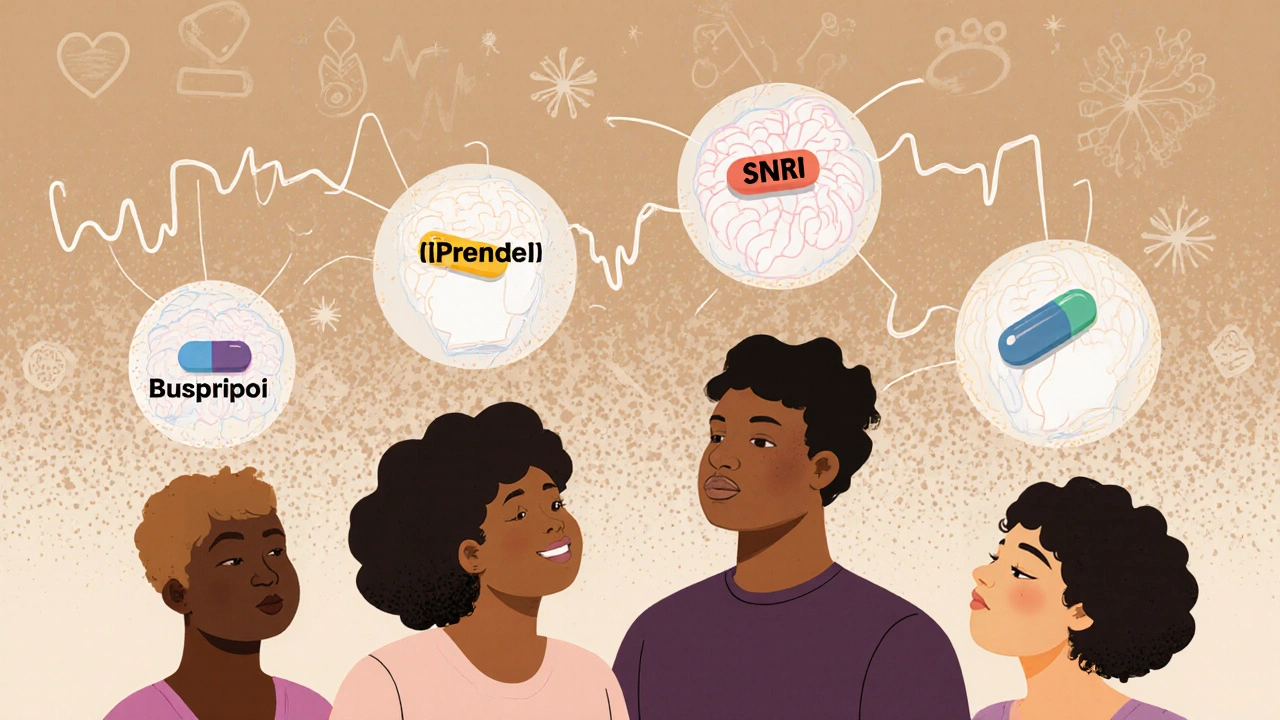
Antidepressants help many people manage depression and anxiety, but they come with real risks-from weight gain and sexual side effects to withdrawal and suicidal thoughts in young adults. Know the types, the trade-offs, and how to use them safely.
Continue Reading
In today's blog, we're diving deep into the wild world of Paroxetine's side effects, or as I like to call it, the "Party-oxetine". It's not all fun and games though, some folks may experience nausea, drowsiness, and sometimes even weight changes - hey, who needs a gym membership, right? But don't fret, we've also got some top-notch strategies to keep these side effects in check. It's all about managing with lifestyle tweaks, like frequent exercise and healthy eating, or sometimes just a good old chat with your doctor. So, folks, buckle up and let's navigate the roller-coaster ride that Paroxetine can sometimes be!
Continue Reading
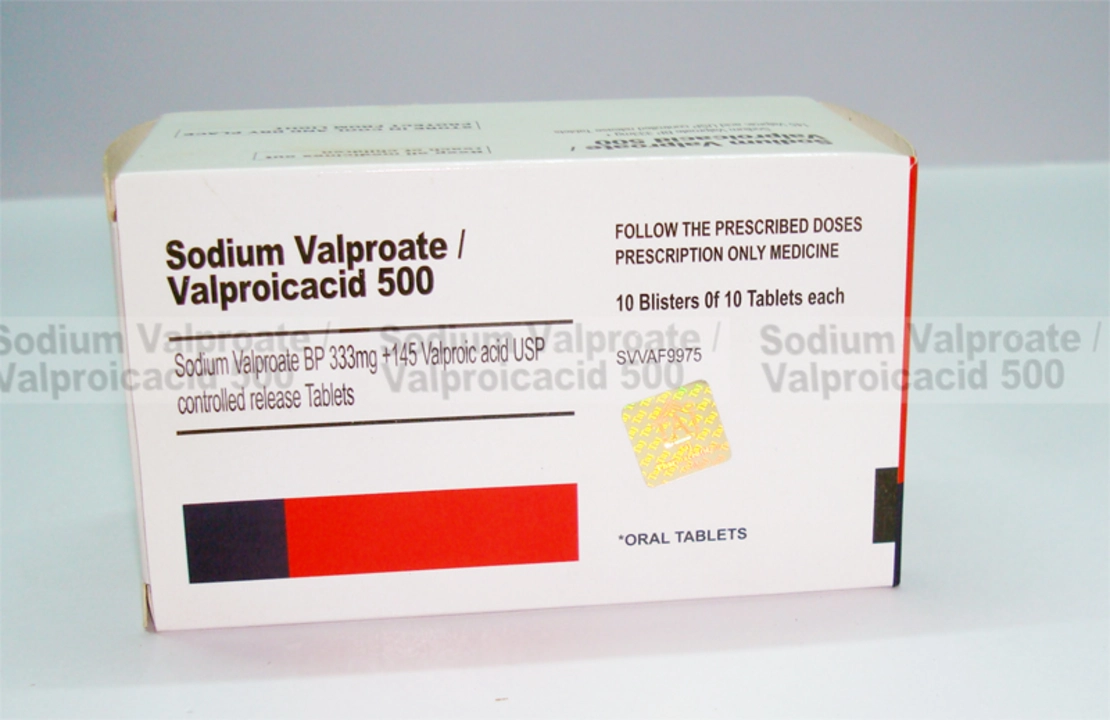
As someone who has experienced Valproic Acid withdrawal, I want to share what you can expect during this process. Firstly, you may experience symptoms like nausea, vomiting, and dizziness as your body adjusts to the change. Additionally, it's important to note that withdrawal may increase the risk of seizures, so it's crucial to consult with a doctor before stopping the medication. Remember to taper off Valproic Acid gradually to minimize these symptoms and ensure a safer withdrawal process. Lastly, be patient and seek support from friends, family, or a medical professional, as withdrawal can be challenging both physically and emotionally.
Continue Reading


